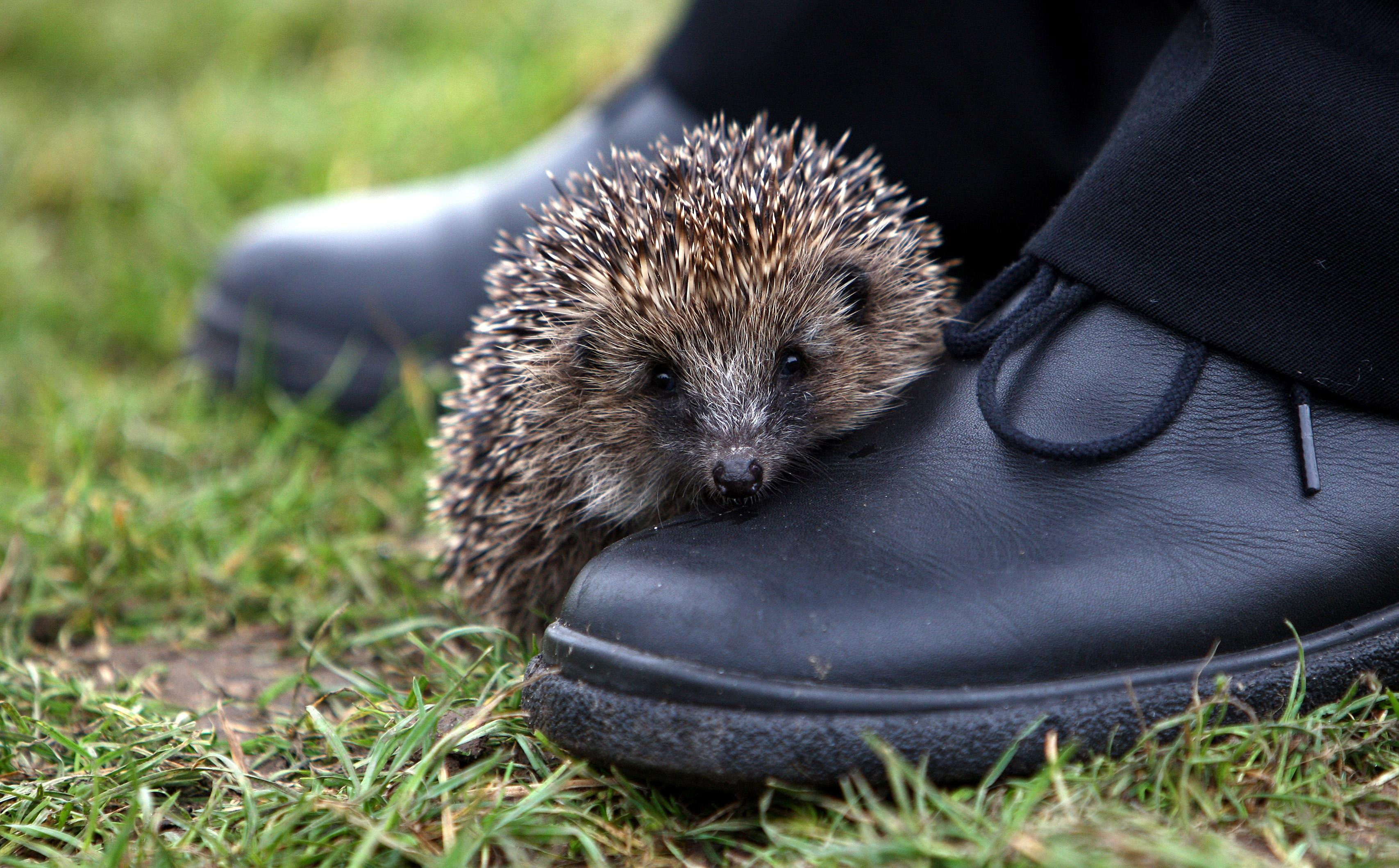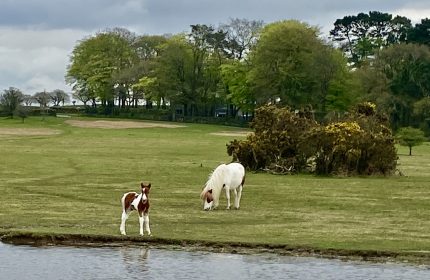‘Alarming rate’ of wildlife decline
UK wildlife is “in trouble”, with almost 2,000 species of birds, animals, insects and plants known to have declined in the past half century, experts have warned.
Some 60% of 3,148 British species (1,884) studied have seen a reduction in numbers or range, with almost a third (31%) suffering major declines, according to a new report by a coalition of conservation and research organisations.
Well-loved species from skylarks to hedgehogs are struggling in the face of threats including loss of habitat, the way humans manage the countryside and the increasing issue of climate change, the major “stock take” of UK nature said.
Almost three-quarters of butterfly species have declined in the last decade, plants are going extinct from some counties at a rate of one every other year and the UK has lost around 44 million breeding birds since the late 1960s. And more than 750 species assessed on international “Red List” criteria, which measures the threat of extinction, are at risk of vanishing from the UK altogether, warned the State of Nature study from 25 groups.
The abundant wildlife of the UK’s Overseas Territories is also under threat, with 90 species at a high risk of global extinction.
There are some success stories, with red kites, bitterns and otters among the species staging something of a comeback with the help of reintroductions, conservation action and steps such as banning pesticides that were harming them. But many of the successes have only brought numbers back to a fraction of their historic levels, the report warned.
And more than three-quarters (77%) of 155 species of birds, animals, butterflies and moths which are considered a priority for conservation action, including some of the country’s rarest and most vulnerable wildlife, have seen declines in the last 40 years.
Species which rely on particular habitats have fared worse, and the declines in wildlife come against a background of massive loss of natural habitats in the past two centuries. Four-fifths of lowland heathland has vanished since 1800, with falls in the range of species such as nightjars and ladybird spiders which rely on them. Lowland meadows in England and Wales declined by 97% between the 1930s and 1984, while 90% of coppiced woodland vanished between 1900 and 1970, hitting a variety of plants and insects. Almost half of Scotland’s blanket bog (44%) was lost to forest plantation and drainage in four decades after the Second World War.
The collaboration between scientists and the conservation groups points to a number of causes for the declines, including loss of habitats, more intensive farming practices, invasive non-native species and illegal persecution of species, while there is mounting evidence of the harmful impacts of climate change. But conservation work and recent moves such as creation of wetlands and improved water quality have helped nature.
A spokeswoman for the Environment Department said: “Losing even one species is one too many. That’s why we’re doing more to improve the natural environment than ever before. We have already invested £7.5 million to create 12 new Nature Improvement Areas and established 48 Local Nature Partnerships. Everyone has a role to play in protecting and encouraging wildlife for future generations.”
The Press Association
Latest posts by The Press Association (see all)
- World Penguin Day: Test your knowledge with our penguin-themed quiz - April 23, 2024
- Kate’s new photo of Louis released to celebrate prince’s sixth birthday - April 23, 2024
- Alan Titchmarsh: Slugs are never going to be my friends - April 23, 2024
- Prince Louis celebrates sixth birthday - April 23, 2024
- Special episode of Planet Earth III to be narrated by schoolchildren - April 22, 2024






















